How to See the Liberty Bell...in Queens
A copy of the famous American bell can be found inside a bank, which itself is modeled after Independence Hall!


The last thing you might expect in the bustling Port Newark-Elizabeth Marine Terminal, the largest port on the East Coast, is a church – but the Seamen’s Church Institute (SCI) lies hidden inside the 1000 acre facility. The Seamen’s Church Institute, founded in 1834, is a direct descendant of the floating churches that once dotted the Manhattan waterfront (and later, with multiple facilities in lower Manhattan), ministering to mariners passing through the port of New York and providing much-needed services. Today, the essential mission remains the same, though the services provided have certainly evolved with the times.
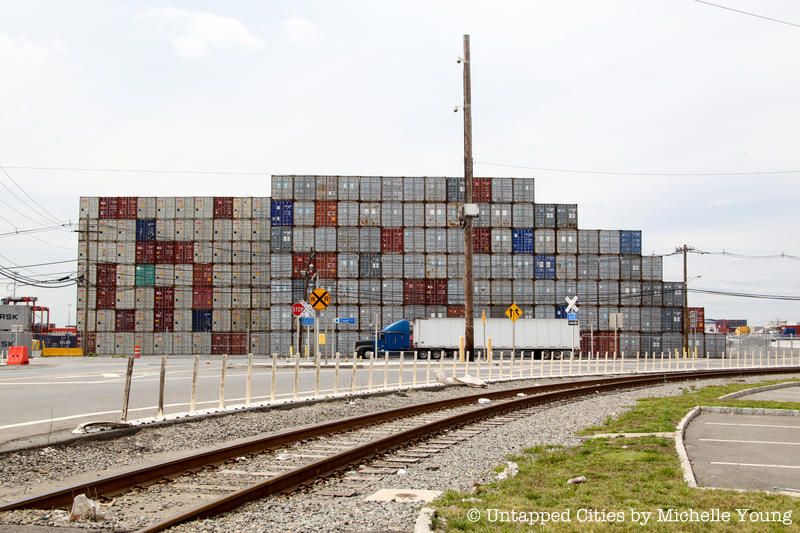
SCI began operating at Port Newark in 1961 and opened to great anticipation. According to the book Anchored Within the Vail: A Pictoral History of the Seamen’s Church Institute by Leah Robinson Rousmaniere, a seafarer arriving in Port Newark in 1960 “encountered a barren landscape of 640 acres, where he or she could not buy a newspaper or postage stamp, post a letter, or get a cup of coffee.”
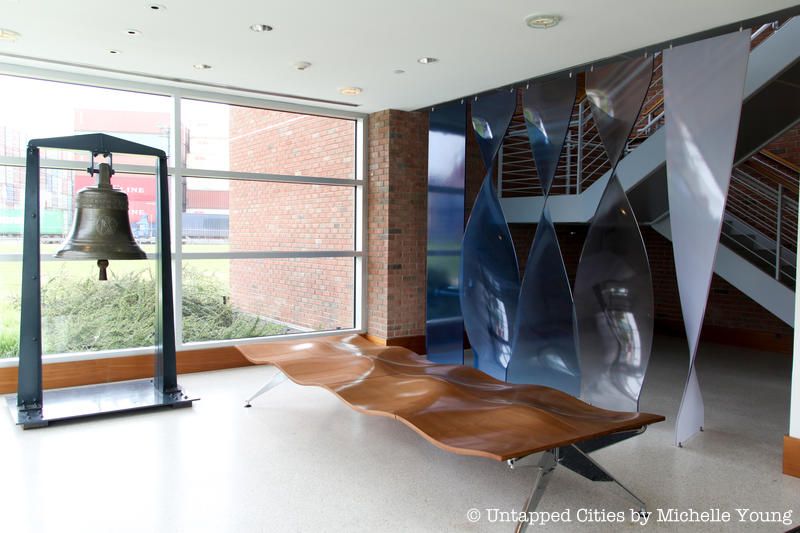
To get to the Seamen’s Church Institute today, you must first weave between countless tractor trailers heading in all directions in and out of Port Newark. At a curve in the road, along Export Street, sits the church between piles of containers stacked as many as seven high. The mid-century style building, constructed in 1964 to 1965, was an expansion of an earlier one-floor structure that has since been demolished.
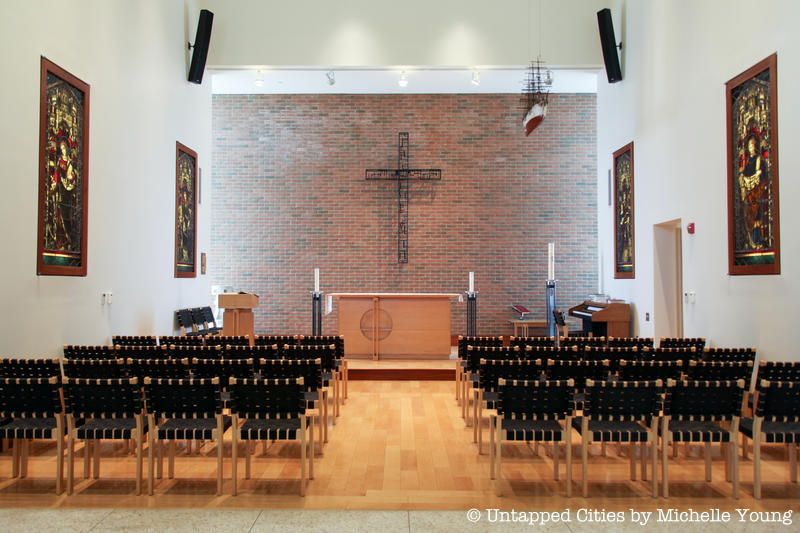
The building underwent a $10 million renovation in 2009, during the organization’s 175th anniversary year, which modernized the structure, but also altered some of its more distinguishable mid-century architectural features. From the beginning, the facility featured a soccer field for seafarers, active since the day the cornerstone was laid, “using the same trowel used nearly fifty years ago at the dedication of 25 South Street,” an earlier headquarters for SCI in Lower Manhattan, Rousmaniere writes. Unfortunately, following a lawsuit by a player, the soccer field is no longer usable, as insurance no longer allows sporting events to be held on site but other SCI events transpire on the field.
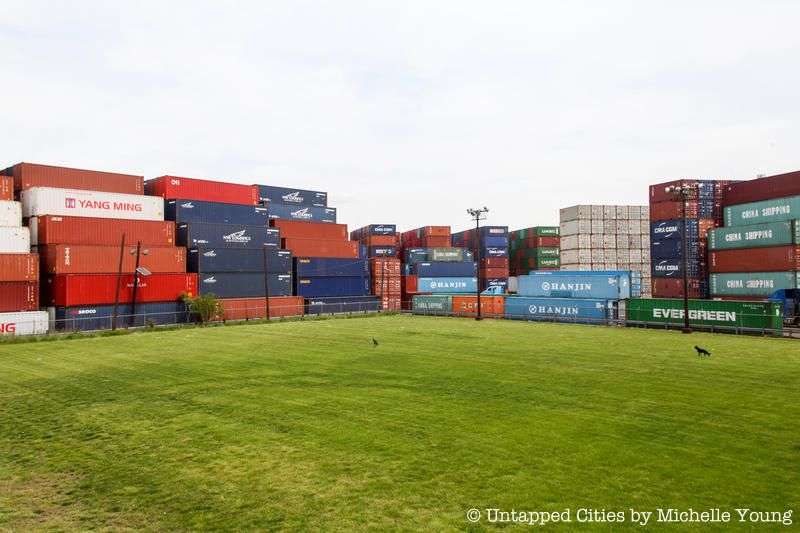
The Port of Newark is where the first container ship in history left from, forever revolutionizing cargo travel. Containerization, invented and patented by American trucker Malcolm McLean, required more space than the original Manhattan docks could provide, and in 1960 new terminals were opened in Port Newark, Elizabeth, Hoboken and Brooklyn to accommodate the new landscape of global trade.
Today, 70% of all international ships that arrive in the United States call at the Port of New York and New Jersey first, Stephen Lyman, the director of the International Seafarers’ Center at the Seamen’s Church Institute, tells us on a recent visit. This gives the SCI an important role in welcoming the seafarers who arrive. There are approximately 1.5 million international mariners today, of which 65% hail from the Philippines. The current chaplain at the Seamen’s Church Institute is of Filipino descent.
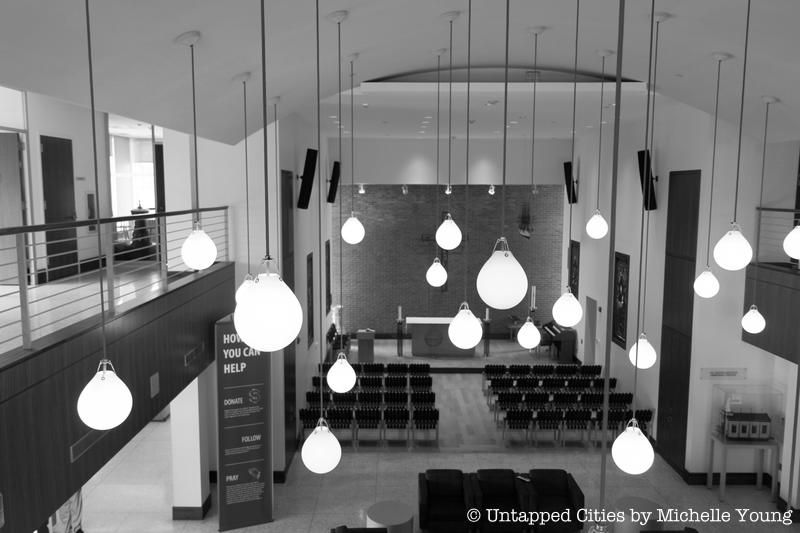
Originally, when SCI first opened at Newark, an entire ship could disembark but visa requirements have limited that. As a result, the organization will more frequently head onto the ships now (though only when requested). The beautiful chapel in the center no longer holds regular services, but remains as a symbolic heart of the institution. In the building, they provide computers, recreational spaces, and SIM cards for the sailors to contact home. They also provide shuttle service to nearby shopping centers so the sailors can stock up on necessities.
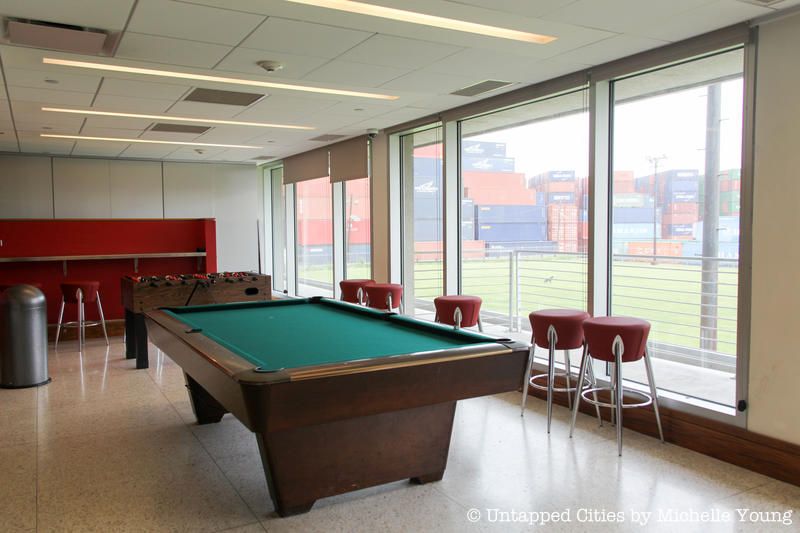
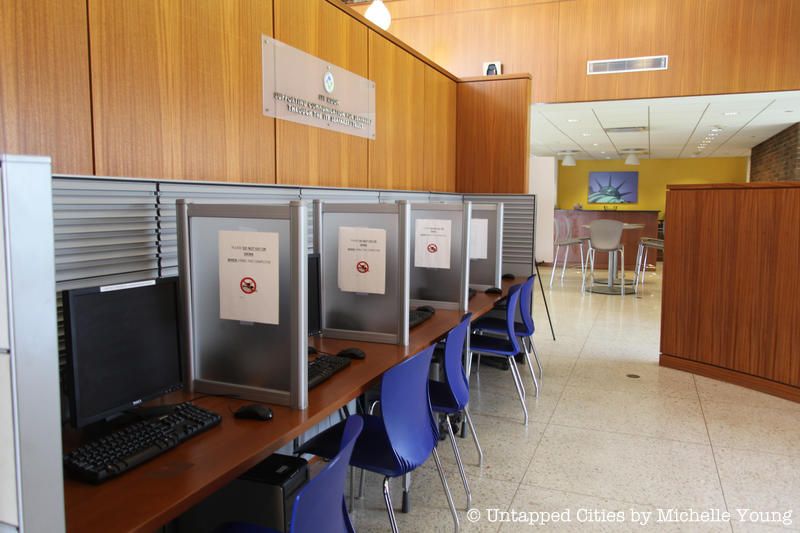
The Seamen’s Church Institute also coordinates the popular Christmas at Sea program, which offers knitted hats, scarves and toiletries as a holiday gift for mariners. The program, which began during the Spanish American War in 1898 is made possible through volunteer knitting groups in all fifty states. SCI holds an annual packing day, staffed by community volunteers, who put the items into cloth gift bags.
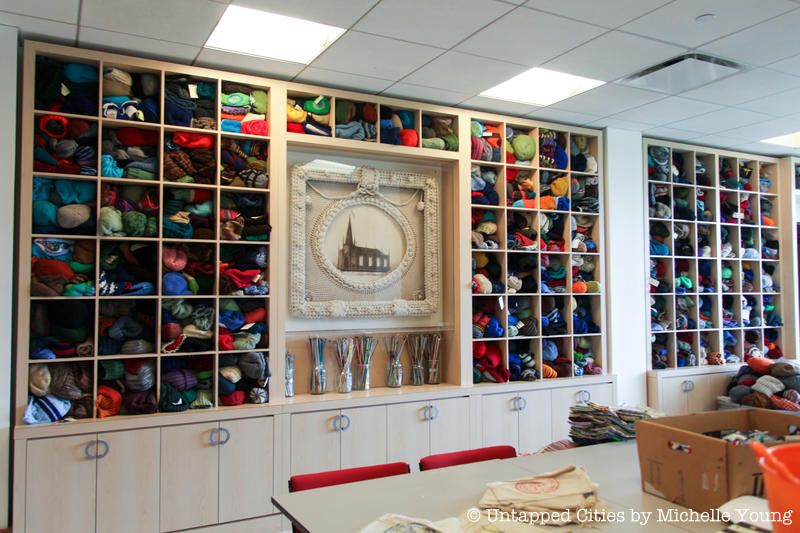
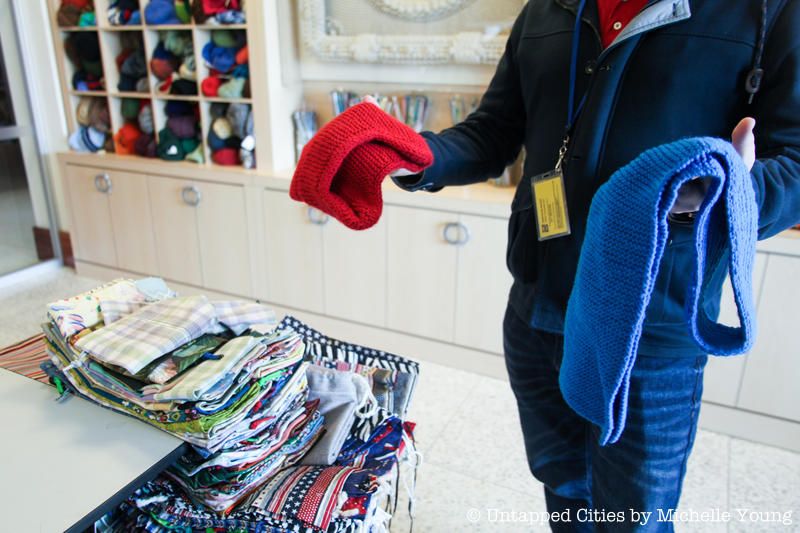
SCI also serves an educational purpose, hosting groups in partnership with the Port Authority of New York and New Jersey and other institutions to share about the opportunity and value of the port. The Seamen’s Church Institute does not receive government funding, relying on private donations and events, like the SCI Mountain Challenge, an endurance race inspired by Mariners that covers three-mountains in Maine in two days.
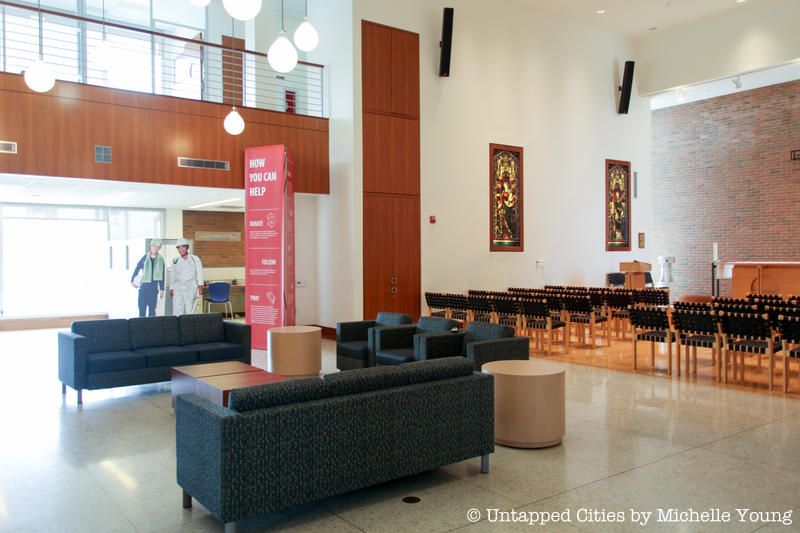
The building also serves as a casual gallery, showcasing part of the maritime collection SCI has gathered over the years. Walking through the building is like a miniature scavenger hunt.
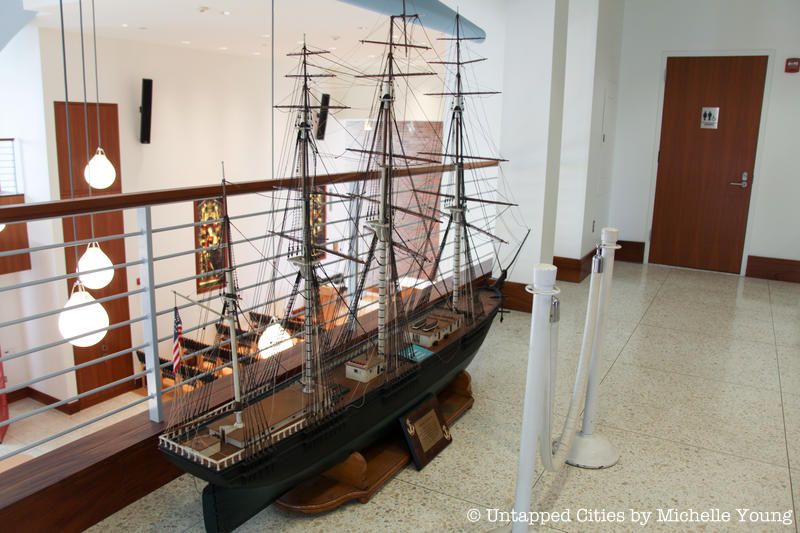
Sir Galahad, a ship figurehead, found in the excavation of one of the Lower Manhattan building of the Seamen’s Church Institute, has been on most, if not all, of the buildings in the New York City metro area at some point and now keeps watch here in Newark.
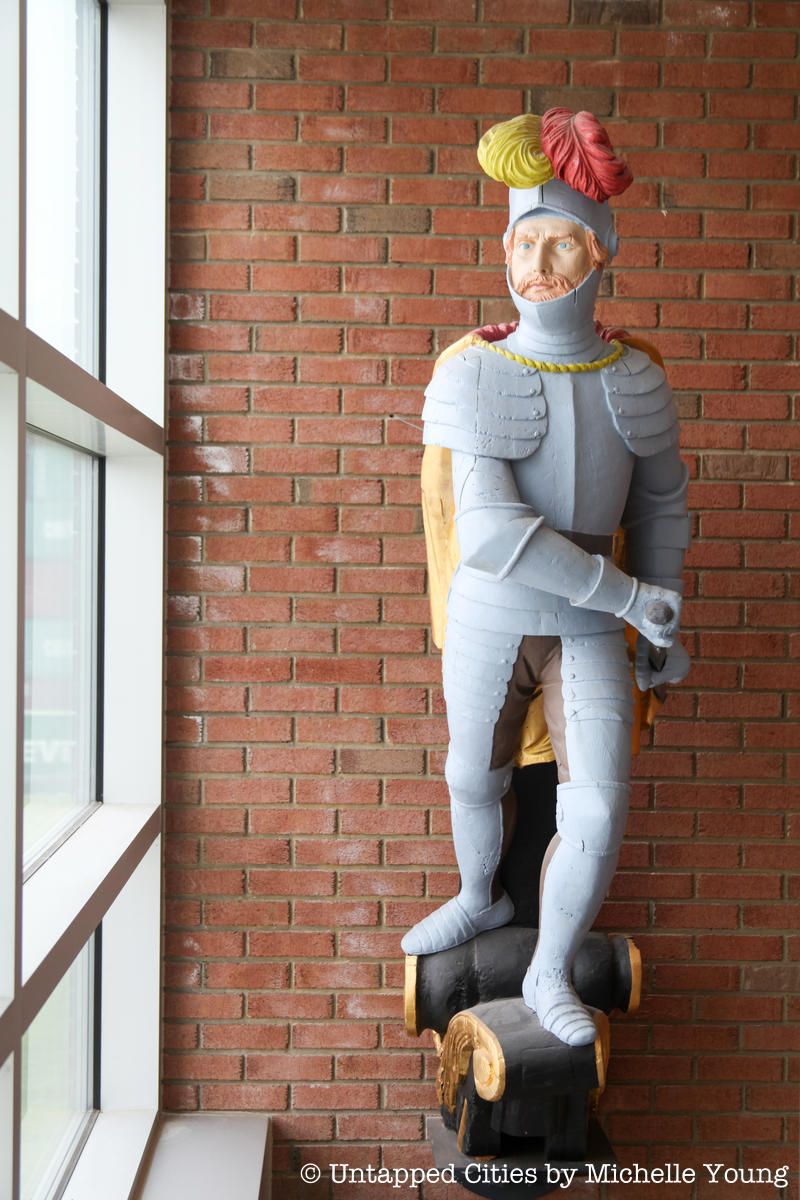
A bell from the shipwreck of the Normandie, one of the artifacts scattered around the city:
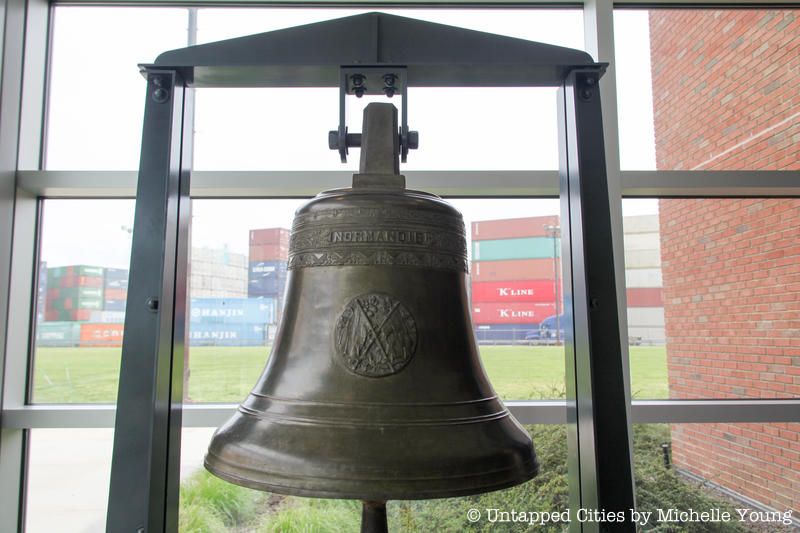
A baptismal font donated from the Church of St. Mark’s of the Bowery, that was once inside one of the floating churches:
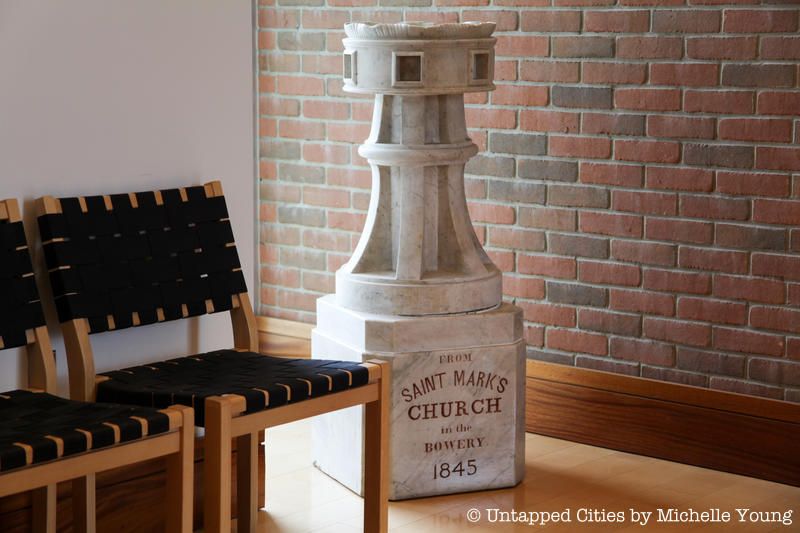
Plaque from one of the earlier seamen’s churches, from 1888:
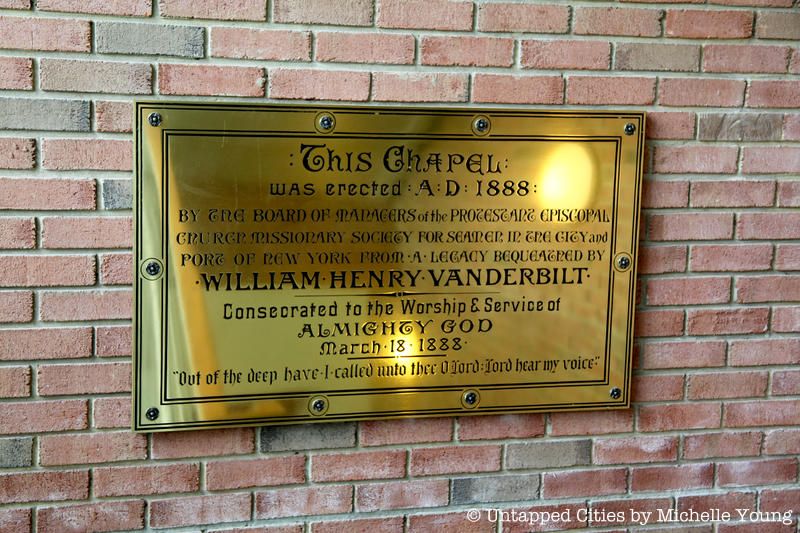
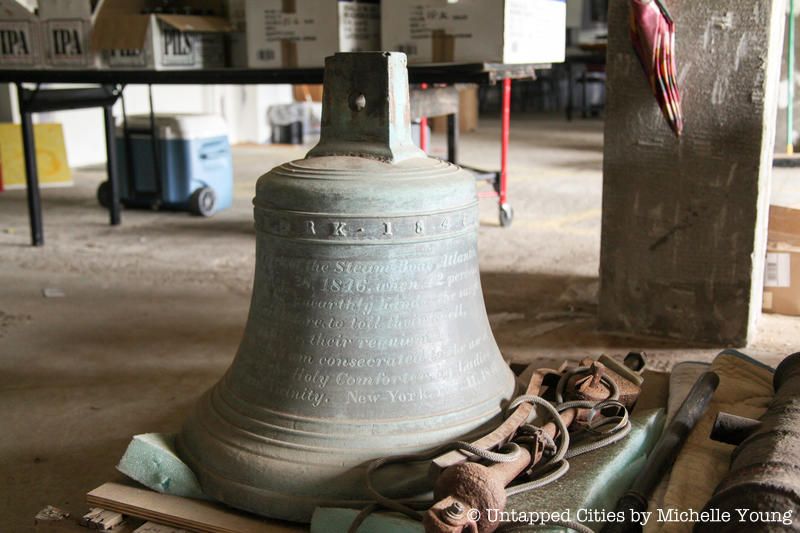
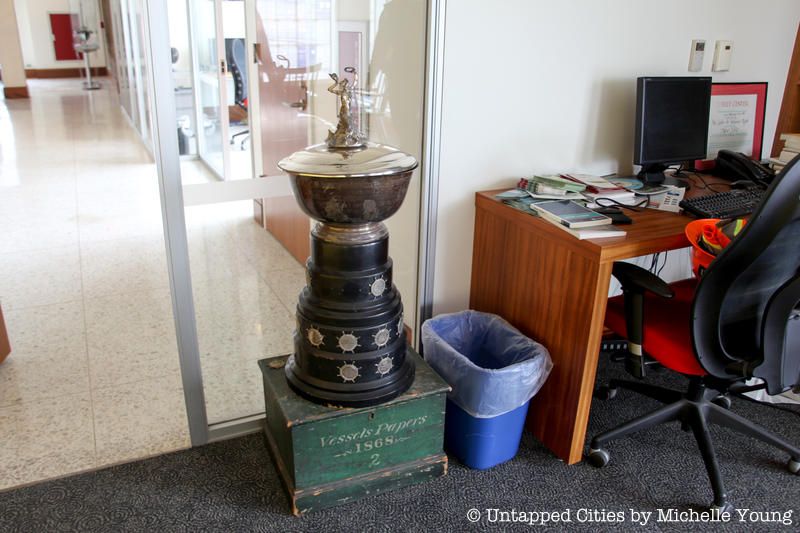
When asked about the future of the Seamen’s Church Institution and its evolution, Lyman says, “Obviously, we need to stay very mobile. We need to be able to respond to the needs of seafarers as they change and develop.” Beyond adapting to new technology, moving from postal service to providing computers, then cell phones, and then SIM cards in its nearly 200 year history, the institution is becoming more active providing social services, including mental health programs and harassment awareness and education, both among mariners on US inland waterways and international seafarers at the ports. One of the initiatives is to get chaplains trained as first responders and to get reporting streamlined amongst the numerous maritime ministries around the world. The organization also provides legal and advocacy services to sailors.
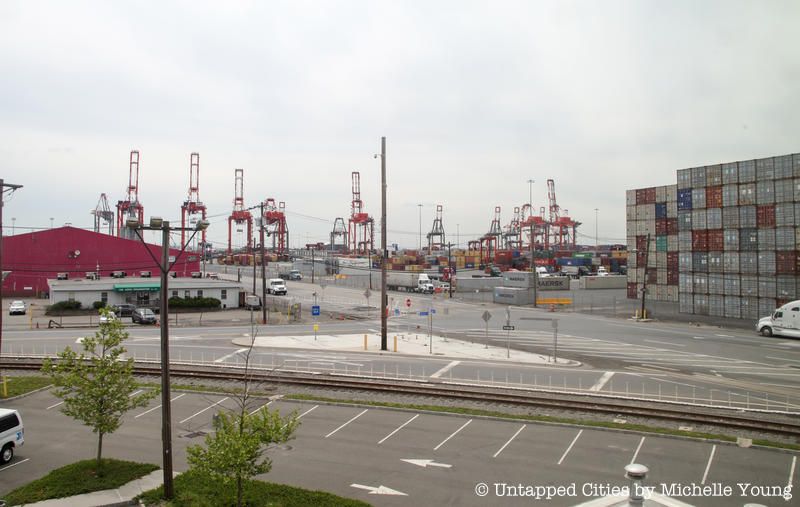
View from the Seaman’s Church Institute
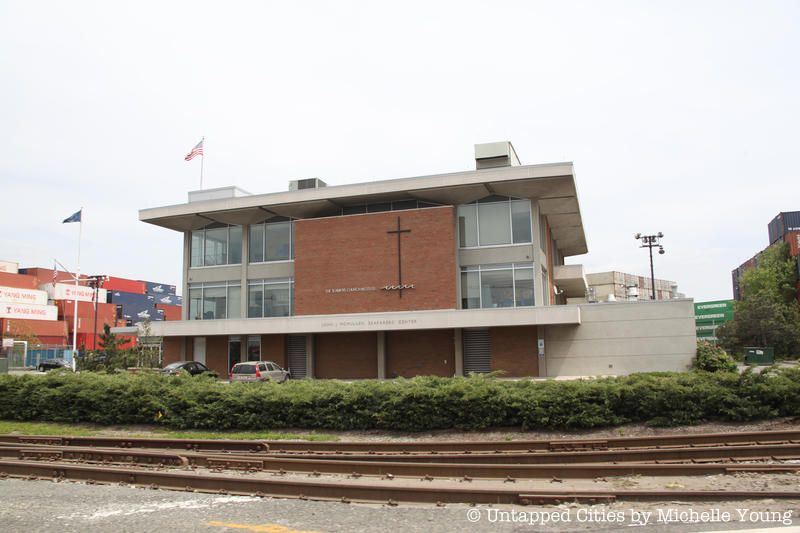
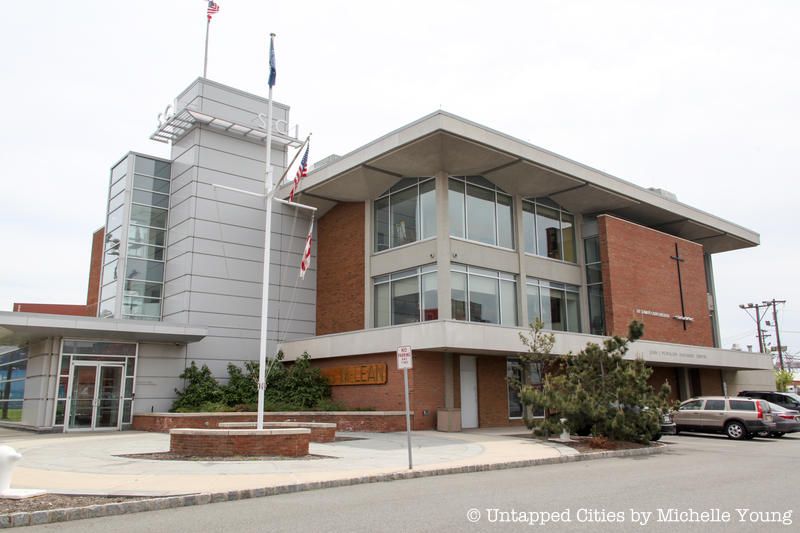
Incredibly, the Seamen’s Church Institute is not the only religious institution at Port Newark, with a Catholic Church on site, as well as a rabbi, who certifies shipments as kosher. But the Seamen’s Church Institute is one with a long history on the ports, and a worldwide reach, marking its 56th year at Port Newark and its 183rd year in existence.
Subscribe to our newsletter